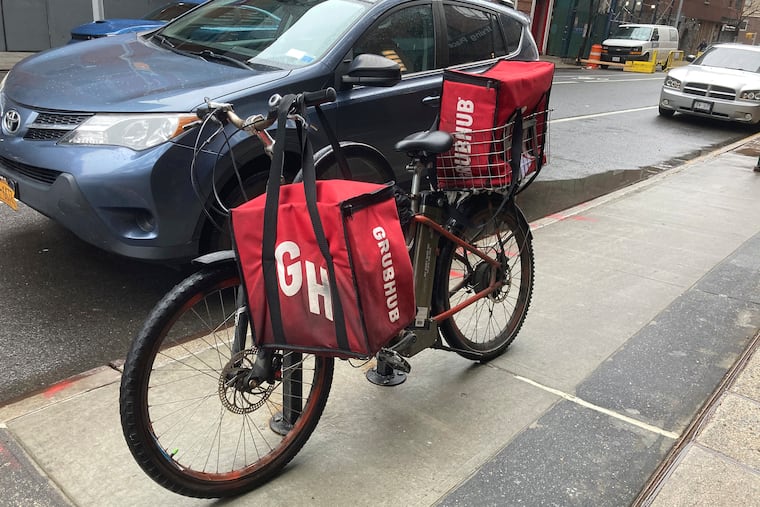Grubhub, DoorDash, and other food-delivery fees in Philadelphia would be permanently capped under a new proposal
An aide to Councilmember Cherelle L. Parker, who pushed for the 15% cap on such apps as Grubhub, DoorDash, and UberEats, said her plan had eight cosponsors — enough for passage.
